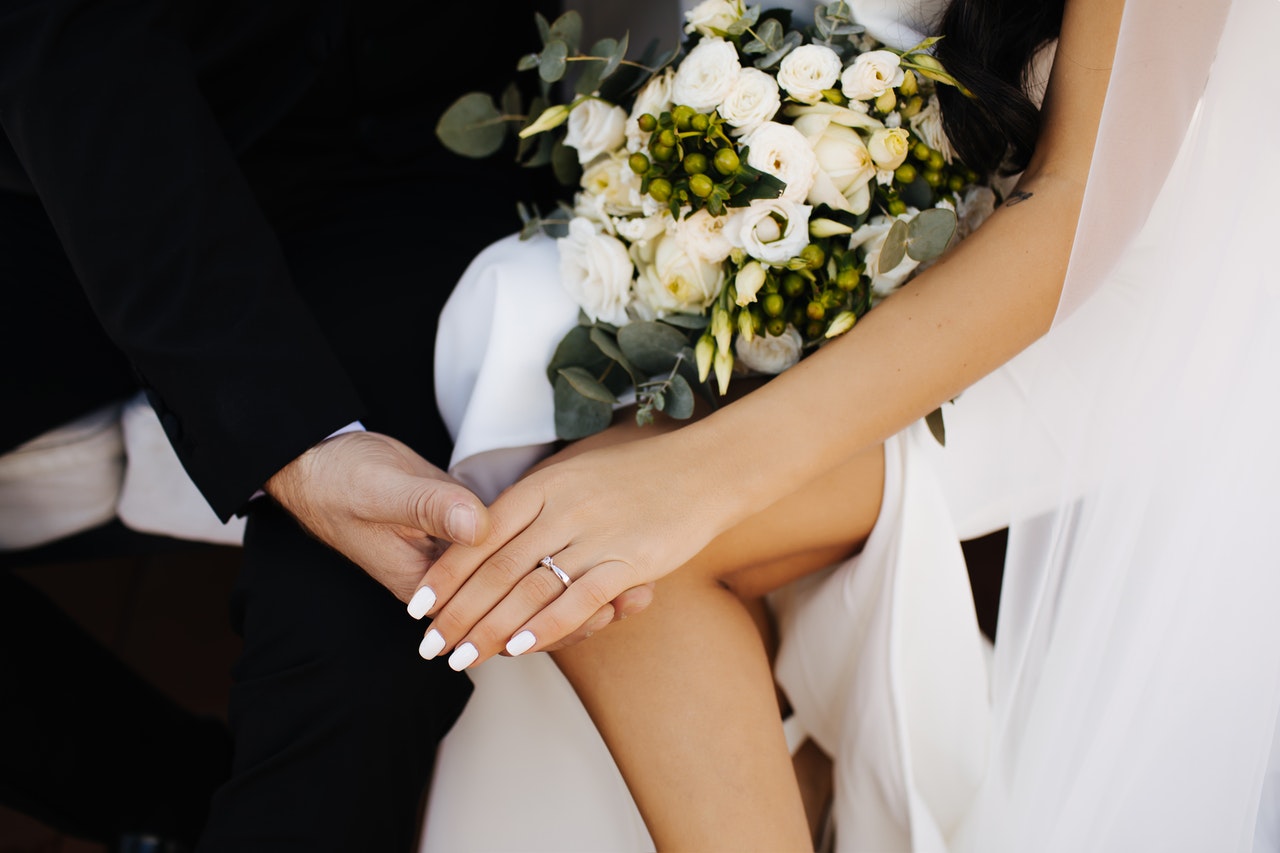
Prospective Marriage, Marriage and De Facto visas – how do they differ from each another?
This article is for any Australian citizen or Permanent Resident who has a Thai, Filipino, etc. girlfriend or Partner and are considering applying for a Permanent family visa for her to live in Australia with them. While this article may be of help to the reader in explaining some of the key differences between the above visas, you should still discuss with your Migration Agent what option is best to suit your particular situation and needs.
The Prospective Marriage visa is also commonly known as the Fiancé visa. It is a visa designed for couples that are either engaged or are going to get engaged. They must be engaged at the time of submission of the Application. Once the Prospective Marriage visa application is granted, the couple must then travel to Australia and get married. They must get married within 9 months of the date of grant of the Prospective marriage visa. The couple does not have to get married in Australia, but they do have to enter Australia before they get married. Once married, the couple can then apply for the Partner (by marriage) visa.
One of the key differences between the Prospective Marriage visa and the other 2 visas is that there is an extra step with the former visa. The Prospective Marriage visa leads to the Partner (by marriage) visa otherwise known as the Marriage visa. The Marriage visa and the Partner (by de facto) visa (otherwise known as the De Facto visa) are visas that can be applied for on their own without any extra visas being required. Typically the Fiancé/Marriage visa combination is chosen in situations where the relationship is relatively new or not long established, and this allows for the relationship to build before the Marriage visa is submitted. It is also the option chosen when engaged couples want to wait before they get married.
As mentioned above, the Marriage visa is either applied for after the Fiancé visa is granted, or on its own. If a couple wants to apply for a Marriage visa on its own they must first be married. The marriage must be recognised under Australian law as a legal marriage. The Marriage visa can be applied for either in Australia or overseas.
The key difference between the Marriage and the De Facto visas are that a couple will not be married when they apply for the De Facto visa. Rather, they need to be in ‘de facto’ relationship. There are strict rules that define what qualifies as a ‘de facto’ relationship. No all couples want to get married and so the De Facto visa would be the suitable option for them.
From the above you can see that they are a number of options for you and your partner depending on your relationship history and future plans. Obviously, you also need to look at all of the other requirements for these visas to see whether you will qualify before choosing between one of the options.
How Australian Visa Advice (AVA) can help:
For more information about preparing a Partner visa application you can contact us at Australian Visa Advice (AVA):info@aussievisas.net We can advise you about the Invitation and prepare the visa application for you. We have a very high success rate, even with prior refusals, and many of our applications are granted in under the normal processing times. We have helped many people from the Philippines (both females and males) in both heterosexual and same sex relationships to obtain an Australian Partner visa – so contact us today!
Written by Luke Gorham ©2020
Registered Migration Agent
Owner
Australian Visa Advice
www.australianvisaadvice.com
Latest Comments
Hi Daniel, If you withdrawal your sponsorship before the Partner visa Temporary is granted then you have not sponsored someone…
Hi Sofia, yes it is a difficult situation and there sounds like there is a lack of communication between you…
Hi, My husband has withdrawn his sponsorship silently and as i received the email from Immi i was crying so…
HI Luke, I am an Australian citizen and in a de facto relationship with a lady more than a year.…
Latest Posts
- I am from the Philippines and I am in a long term relationship with an Australian. We want to move to Australia – what can we do?
- What You Need to Know About Australian Partner Visas
- All Partner Visa Applicants Must Have a Visa Sponsor
- If Your Partner Visa or Fiancé Visa Relationship Breakdown
- What are The Character Requirements to Apply for Australian Visa

Hi Janna, Yes, if you do not prepare the application carefully, and do not provide the correct documents, and do…